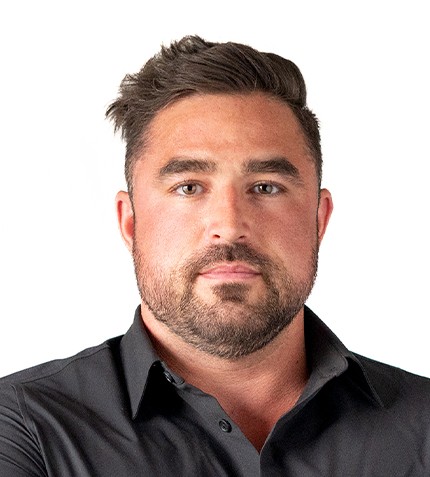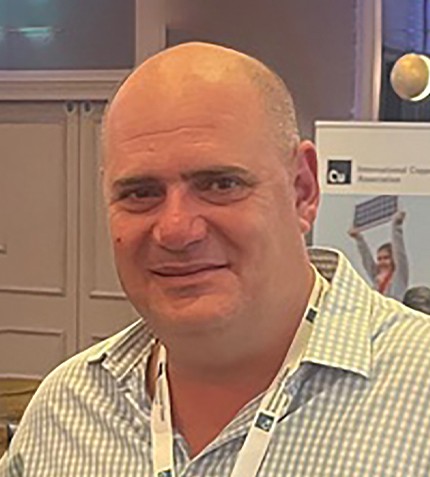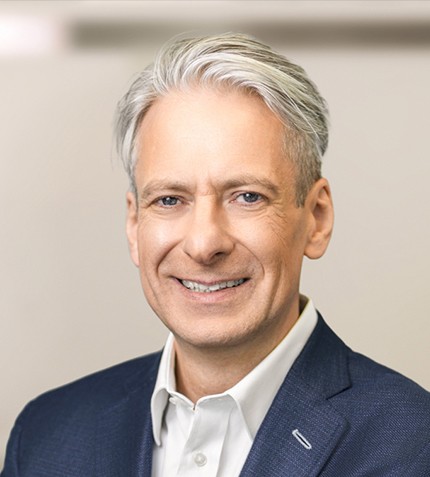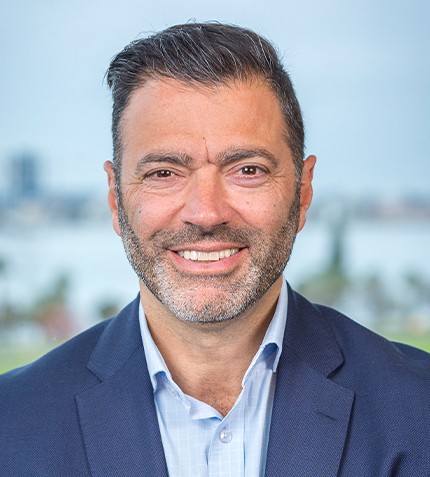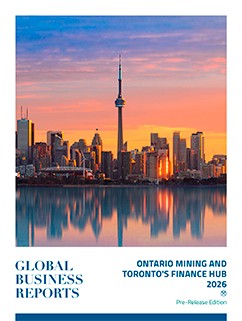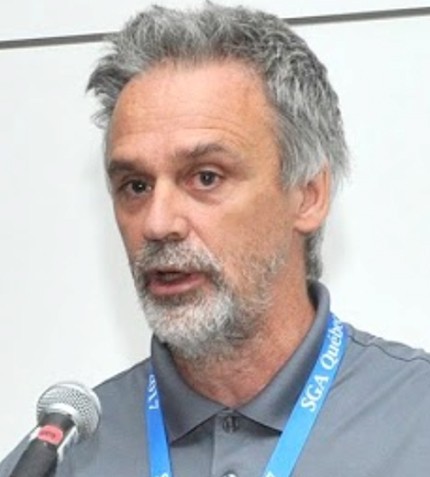
"Six years ago, we were bold, and changed our mission…our philosophy was that it is better to be the best in a high-end niche in a large market, than to be generally good in a crowded market."
Réjean Girard
PRESIDENT, IOS SERVICES GÉOSCIENTIFIQUES
How has IOS shifted its strategy in recent years?
IOS used to be in a comfortable position regarding the regional servicing market. However, six years ago, we were bold, and changed our mission. We started 30 years ago building a reputation of a dependable service provider that operated on a regional basis. Over time, we have been imitated, and the market got saturated, which lead to a fruitless competitive environment. As a result, we decided to capitalize on our strength and moved towards being a prominent provider of exclusive services on a global scale. Our philosophy was that it is better to be the best in a high-end niche in a large market, than to be generally good in a crowded market. IOS was known at the national level for being innovative and free-minded, so we sought to capitalize on that. We still offer services such as sampling and drill supervision at regional scale, but we have developed powerful proprietary techniques, which we now offer on a global scale. We have dramatically changed our client base, from companies like Osisko Mining and Midland Exploration, which we still cherish, to major players in the industry such as Rio Tinto, De Beers, Anglo-American, Agnico-Eagle and Teck Resources with demands coming from all over the world. It was a risky move, but we are now swimming in the “Bleu Ocean”.
Can you elaborate on the specialized products IOS offers?
IOS offers exclusive technology that gravitates around automated minerology, as the industry is moving from chemistry to minerology in terms of exploration techniques. Aside from gold, mines do not produce metal, they produce mineral cocnentrates. Switching from assays to mineral abundance requires access to complicated and expensive technologies. We redeveloped these with our proprietary platform that is 5x faster than MLA and QEMSCAN and which delivers hard chemical data on minerals, not only proxies. Such performance enabled the development of a variety of applications from automated petrography, alteration mapping, metallurgy and environment assessment. Still, our best success is in automating detrital mineral sorting (gold, pgm, kim’s) for drift exploration purposes. This leads to cost/price reductions, better detection limits and more useful data. Nobody else can master the technologies we have. It requires a fusion between geological experience, artificial intelligence and basic machine engineering.
Can you describe how Artificial Intelligence is transforming the mining industry?
Most companies use AI for the purpose of targeting, to process data and find patterns to pinpoint the right deposit. We foresaw this seven years ago with the Hypercube application. However, for IOS, AI is seen as a technological tool rather than a purpose; we use it to solve daily issues mainly for image analysis and pattern recognition, in a similar way to Google Images. For example, in one of the applications, we spread a mineral concentrate on a holder, put it under a motorized petrographic microscope and within minutes, we have a picture of every gold grain. This process used to be done manually and workers would spend the whole day searching for gold grains. Now, the machine takes a mosaic of pictures, detects automatically the gold-looking grains, applies AI algorithm, calculates the probability of it being a gold grain, and obtains the stage coordinate. Then, we transfer the sample to an SEM along with coordinates and the machine acquires a chemical analysis of the grains to confirm it is gold. This takes 5 minutes instead of an hour, free of errors.
How do you see the current state of drilling activity in Québec today?
There is currently not a single rig or helicopter available in Québec today. If someone wants a rig for a project, the drilling company must be warned 3-6 months in advanced and even then, it is not guaranteed, and there is no certainty about the efficiency of the team. Furthermore, there is a shortage of qualified staff. This generates massive inflation and a collapse in the quality of work. As a result, a bubble has been created and it will burst. When this happens, drilling activity will come back to a more reasonable level. The overall trend is that the amount of drilling required to define a deposit is constantly increasing and the industry has less and less people to do it with. There is no other option but to improve efficiency and to automate processes.




